Home>Garden Essentials>How Long Can Chia Seeds Last
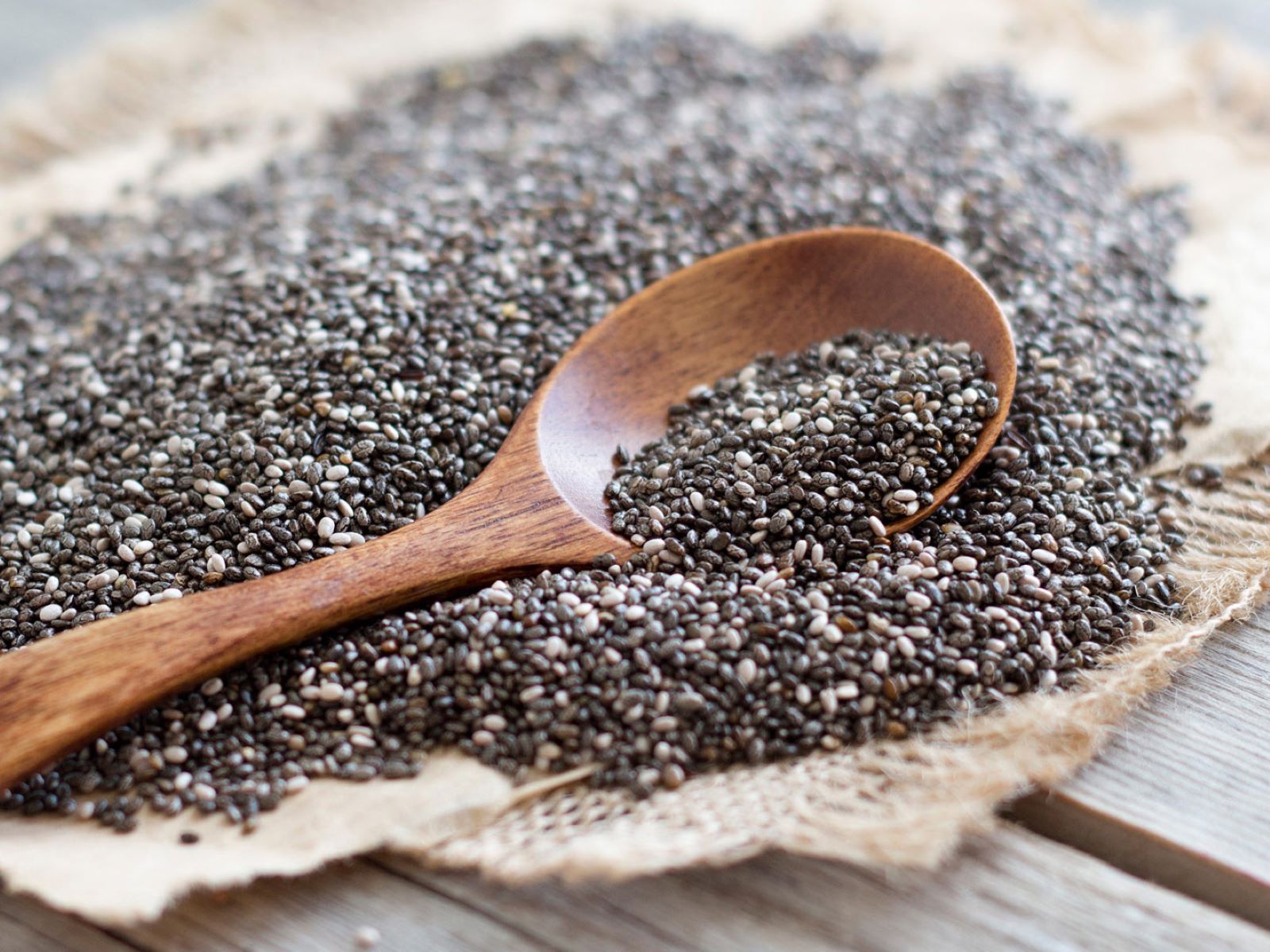

Garden Essentials
How Long Can Chia Seeds Last
Modified: March 16, 2024
Want to know how long chia seeds can last? Discover the secrets of extending their shelf life in your garden and maximize their freshness and nutrients today!
(Many of the links in this article redirect to a specific reviewed product. Your purchase of these products through affiliate links helps to generate commission for Storables.com, at no extra cost. Learn more)
Introduction
Welcome to the world of gardening, where the joy of nurturing and witnessing the growth of beautiful plants is unparalleled. Whether you have a sprawling garden or a small balcony, tending to plants can bring immense satisfaction and a sense of tranquility.
One essential aspect of gardening is understanding the lifecycle of plants and the various factors that can impact their growth. In this article, we will delve into the world of chia seeds, a popular health-food ingredient that has gained significant popularity in recent years.
Chia seeds are known for their nutritional value and health benefits. They are rich in Omega-3 fatty acids, fiber, protein, and various minerals. These tiny black seeds have been a staple in the diet of ancient civilizations like the Mayans and Aztecs. Today, they are sought after for their versatility in recipes and potential health benefits.
However, if you’re an avid gardener or someone who loves to use chia seeds in your cooking, you may have wondered about their shelf life. How long can chia seeds last? This article aims to provide you with a comprehensive understanding of the factors that affect the shelf life of chia seeds and how to store them properly to ensure their longevity.
So let’s dive in and discover the fascinating world of chia seeds, from their origins to their storage requirements, and everything in between!
Key Takeaways:
- Chia seeds can last 1-2 years when stored properly in airtight containers in a cool, dark, and dry place. Avoid heat, light, air, and moisture to maintain their freshness and nutritional value.
- Spoiled chia seeds can be identified by their smell, discoloration, presence of mold, or off taste. Follow storage guidelines, purchase in small quantities, and perform regular quality checks to extend their shelf life.
Read more: How Long Do Chia Seeds Last In The Pantry
What are Chia Seeds?
Chia seeds are tiny black or white seeds that come from the Salvia hispanica plant, a member of the mint family. Native to Central and South America, chia seeds have been consumed for centuries. In fact, “chia” is the ancient Mayan word for “strength”. These seeds were highly valued and used as a source of energy by ancient civilizations due to their impressive nutritional profile.
Chia seeds are rich in a variety of nutrients, making them a great addition to a balanced diet. They are an excellent plant-based source of Omega-3 fatty acids, which are essential for heart health, brain function, and reducing inflammation in the body. Chia seeds also contain a good amount of fiber, making them beneficial for digestion and promoting a feeling of fullness. They are also a good source of protein, which is essential for muscle growth and repair.
In addition to their nutritional value, chia seeds also provide several health benefits. Due to their high fiber content, they can help regulate blood sugar levels, improve cholesterol levels, and support a healthy digestive system. Chia seeds are also known for their ability to absorb liquid and form a gel-like consistency, which can be utilized in various recipes as a thickening agent or egg substitute.
Chia seeds have a mild, nutty flavor that pairs well with both sweet and savory dishes. They can be sprinkled on top of cereals, yogurt, or salads, added to smoothies or baked goods, or used as a binding agent in recipes like veggie burgers or energy bars. The versatility and nutritional value of chia seeds have made them a popular choice among health-conscious individuals and those following specific dietary preferences such as vegan or gluten-free diets.
Now that we know the basics of chia seeds and their benefits, let’s take a closer look at their shelf life and how to ensure they stay fresh for as long as possible.
Shelf Life of Chia Seeds
Like any other food product, chia seeds have a limited shelf life. However, when stored correctly, they can retain their freshness and nutritional value for an extended period.
The typical shelf life of chia seeds is around 1-2 years when stored in optimal conditions. This time frame can vary depending on various factors, including the processing methods, packaging, and storage conditions.
Chia seeds are often sold in airtight packaging that helps preserve their freshness. However, once the package is opened, it’s important to transfer the chia seeds into an airtight container to prevent moisture, air, and light from affecting their quality. Properly sealed containers, such as glass jars or plastic containers, can keep chia seeds fresh and viable for a longer duration.
It’s worth mentioning that the shelf life of chia seeds can be influenced by their exposure to environmental factors. Factors such as heat, light, air, and moisture can contribute to the degradation of the seeds. Therefore, it’s vital to store chia seeds in a cool, dark, and dry place to maximize their shelf life and maintain their nutritional value.
Additionally, it’s important to purchase chia seeds from reputable sources to ensure that you receive a high-quality product with a longer shelf life. If possible, consider buying chia seeds from stores that have a high turnover rate, ensuring that you’re getting fresh seeds.
Next, let’s explore the various factors that can affect the shelf life of chia seeds and learn how to identify signs of spoilage.
Factors Affecting the Shelf Life
Several factors can impact the shelf life of chia seeds and determine how long they will remain fresh and edible. Understanding these factors is crucial for ensuring the quality and safety of the chia seeds you consume.
1. Moisture: Exposure to moisture is one of the primary enemies of chia seeds. Moisture can lead to the growth of mold, bacteria, and other microorganisms, causing the seeds to spoil. It’s essential to store chia seeds in an airtight container in a dry environment to prevent moisture absorption.
2. Light: Chia seeds are sensitive to light and can degrade when exposed to direct sunlight or artificial light for prolonged periods. To protect their nutritional value, it’s best to store chia seeds in a cool, dark place, such as a pantry or cupboard.
3. Temperature: Extreme temperatures can affect the shelf life of chia seeds. Exposure to high temperatures can accelerate the oxidation process and lead to rancidity. It’s advisable to store chia seeds in a cool environment, away from heat sources such as stoves or direct sunlight.
4. Air: Chia seeds can become stale and lose their crunchiness when exposed to atmospheric air. Oxygen can also trigger oxidation and spoilage. Storing chia seeds in a tightly sealed container can protect them from air exposure and prolong their shelf life.
5. Quality of Packaging: The quality of the packaging can significantly impact the shelf life of chia seeds. Look for chia seeds packaged in airtight containers or resealable bags to ensure maximum freshness. Once opened, transfer the seeds to a proper storage container to maintain their quality.
By considering these factors and taking proper storage precautions, you can extend the shelf life of your chia seeds and enjoy their nutritional benefits for a longer period. In the next section, we will discuss how to identify signs of spoiled chia seeds.
Chia seeds can last up to 2 years if stored in a cool, dry place. To extend their shelf life, keep them in an airtight container in the refrigerator or freezer.
Signs of Spoiled Chia Seeds
When it comes to ensuring the safety and quality of chia seeds, it’s important to know how to identify signs of spoilage. While chia seeds have a relatively long shelf life, improper storage or handling can cause them to spoil. Here are some common signs that indicate your chia seeds may have gone bad:
1. Smell: Fresh chia seeds have a mild, nutty aroma. If your chia seeds give off an unpleasant or rancid smell, it is a clear indication that they have gone bad. Trust your senses and discard any chia seeds with a foul odor.
2. Discoloration: Chia seeds are typically dark in color, ranging from black to dark brown. If you notice any significant changes in color, such as a lightening or discoloration, it may be an indication of spoilage.
3. Mold or mildew: One of the most obvious signs of spoiled chia seeds is the presence of mold or mildew. If you notice any fuzzy patches, green or white spots, or any signs of visible growth on the seeds, it’s best to discard them immediately.
4. Taste: Chia seeds have a mild, nutty flavor. If you detect any off or bitter taste when consuming them, it may be a sign of spoilage. Fresh chia seeds should have a pleasant taste, so trust your taste buds to determine whether the seeds have gone bad.
It’s important to note that spoiled chia seeds can pose health risks if consumed. Mold, mildew, or bacteria that develop on spoiled chia seeds can lead to foodborne illnesses. Therefore, if you notice any of the signs mentioned above, it is best to err on the side of caution and dispose of the chia seeds.
Now that we’ve learned how to identify spoiled chia seeds, let’s move on to the importance of proper storage to extend their shelf life.
Proper Storage of Chia Seeds
Proper storage is essential to maintain the freshness and quality of chia seeds. By following the right storage practices, you can extend their shelf life and ensure that they remain safe to consume. Here are some guidelines for storing chia seeds:
1. Choose the right container: After opening the package of chia seeds, transfer them to an airtight container to minimize air exposure. Select a glass jar, plastic container, or resealable bag that can effectively seal out air and moisture.
2. Keep them dry: Moisture is one of the main culprits behind the spoilage of chia seeds. Therefore, store them in a dry area away from any sources of moisture, such as the sink or refrigerator. Avoid storing chia seeds in damp environments, as they can quickly absorb moisture and become susceptible to mold or bacteria growth.
3. Avoid heat and light: Chia seeds are sensitive to both heat and light, which can lead to the degradation of their nutritional value. Store them in a cool, dark place, such as a pantry or cupboard, away from direct sunlight or artificial light sources.
4. Do not refrigerate or freeze: Chia seeds do not require refrigeration or freezing to maintain their freshness. In fact, storing them in the refrigerator or freezer can introduce excess moisture, causing them to spoil more quickly. Room temperature storage is sufficient for chia seeds.
5. Label and date: To keep track of the shelf life of your chia seeds, consider labeling the storage container with the purchase date. This will help you ensure that you are using the oldest seeds first and maintaining a fresh supply.
By following these storage guidelines, you can extend the shelf life of your chia seeds, ensuring that they remain fresh and retain their nutritional value for as long as possible.
Next, let’s explore some additional tips to help you further extend the shelf life of chia seeds.
Extending the Shelf Life of Chia Seeds
While chia seeds have a decent shelf life, there are several additional steps you can take to further extend their freshness and ensure their quality over time. Here are some tips to help you prolong the shelf life of your chia seeds:
1. Buy in small quantities: Consider purchasing chia seeds in smaller quantities to ensure that you can use them up within a reasonable time frame. This will minimize the chances of having leftover seeds sitting in storage for too long.
2. Store in the freezer: While it is generally not necessary to freeze chia seeds, if you live in a hot and humid climate, you may opt to store them in the freezer. Place the seeds in an airtight container or freezer bag, and they can last for up to 2 years without any significant loss in quality. Just remember to thaw them before use.
3. Avoid cross-contamination: To prevent the contamination of your chia seeds, be cautious when using utensils or your hands to scoop them out of the storage container. Make sure your hands are clean, and use clean utensils to avoid introducing moisture or bacteria into the container.
4. Use dry spoons when scooping: Moisture can quickly deteriorate the quality of chia seeds, so it is essential to use dry spoons or scoops when retrieving them from the container. This will help prevent any excess moisture from coming into contact with the seeds.
5. Perform regular quality checks: Periodically check the container for any signs of spoilage, such as mold or a rancid smell. If you notice any indications of spoilage, discard the affected seeds immediately to prevent contamination of the rest of the batch.
Remember, while chia seeds have an impressive shelf life, they are best enjoyed when fresh. It’s a good practice to purchase and store reasonable quantities and use them within a reasonable timeframe to maximize their flavor and nutritional value.
Now that we’ve explored various ways to extend the shelf life of chia seeds, let’s wrap up our discussion.
Conclusion
Chia seeds are a remarkable addition to any garden enthusiast’s pantry, offering a wealth of nutritional benefits and culinary versatility. Understanding the shelf life of chia seeds and how to properly store them is essential for ensuring their freshness and maximizing their potential health benefits.
By following the proper storage guidelines outlined in this article, such as transferring chia seeds to airtight containers, keeping them in a cool and dark place, and protecting them from moisture and air exposure, you can prolong their shelf life and preserve their nutritional value.
Remember to be mindful of the factors that can impact the shelf life of chia seeds, such as heat, light, air, and moisture. By avoiding these elements and maintaining optimal storage conditions, you can ensure that your chia seeds remain fresh and safe to consume for an extended period.
Regularly check for signs of spoilage, including changes in color, foul odors, mold, or an off taste. If you detect any of these signs, it’s best to discard the chia seeds to prevent any potential health risks.
Lastly, take advantage of the various tips shared in this article to further extend the shelf life of your chia seeds, such as purchasing in smaller quantities, using dry utensils when handling, and performing regular quality checks.
So, whether you’re an avid gardener with a thriving herb bed or a health-conscious home cook experimenting with new recipes, understanding how long chia seeds can last and how to store them properly is invaluable information.
With the knowledge gained from this article, you can confidently incorporate chia seeds into your garden-inspired culinary creations and enjoy the nutritional benefits they offer while ensuring their freshness and quality.
Happy gardening and happy cooking!
Frequently Asked Questions about How Long Can Chia Seeds Last
Was this page helpful?
At Storables.com, we guarantee accurate and reliable information. Our content, validated by Expert Board Contributors, is crafted following stringent Editorial Policies. We're committed to providing you with well-researched, expert-backed insights for all your informational needs.
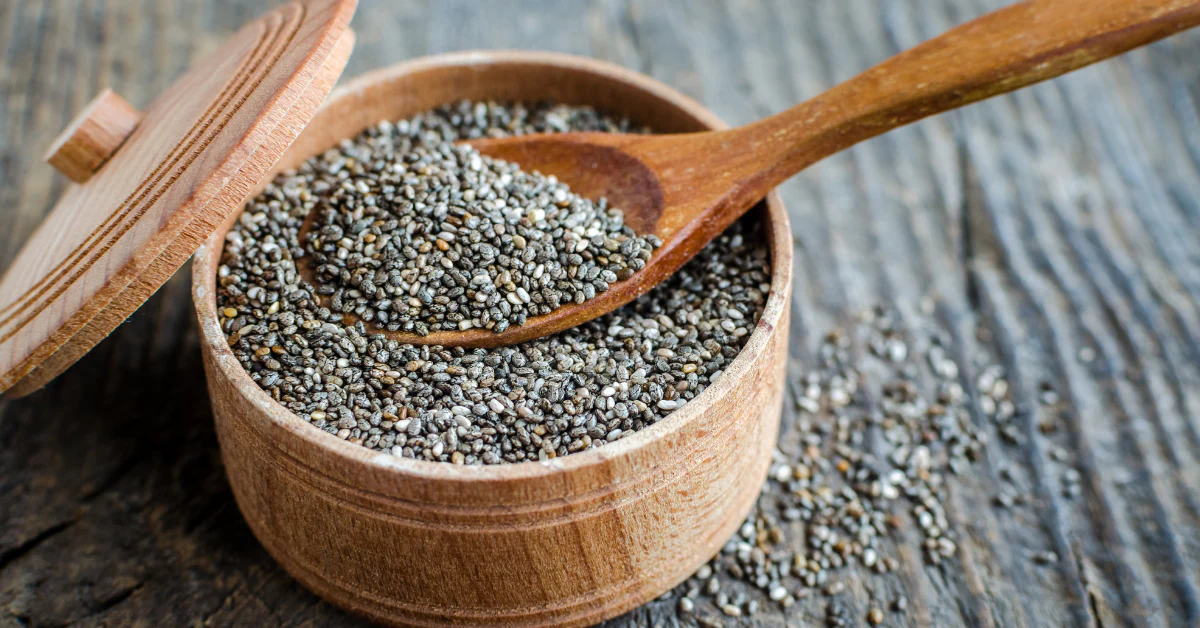
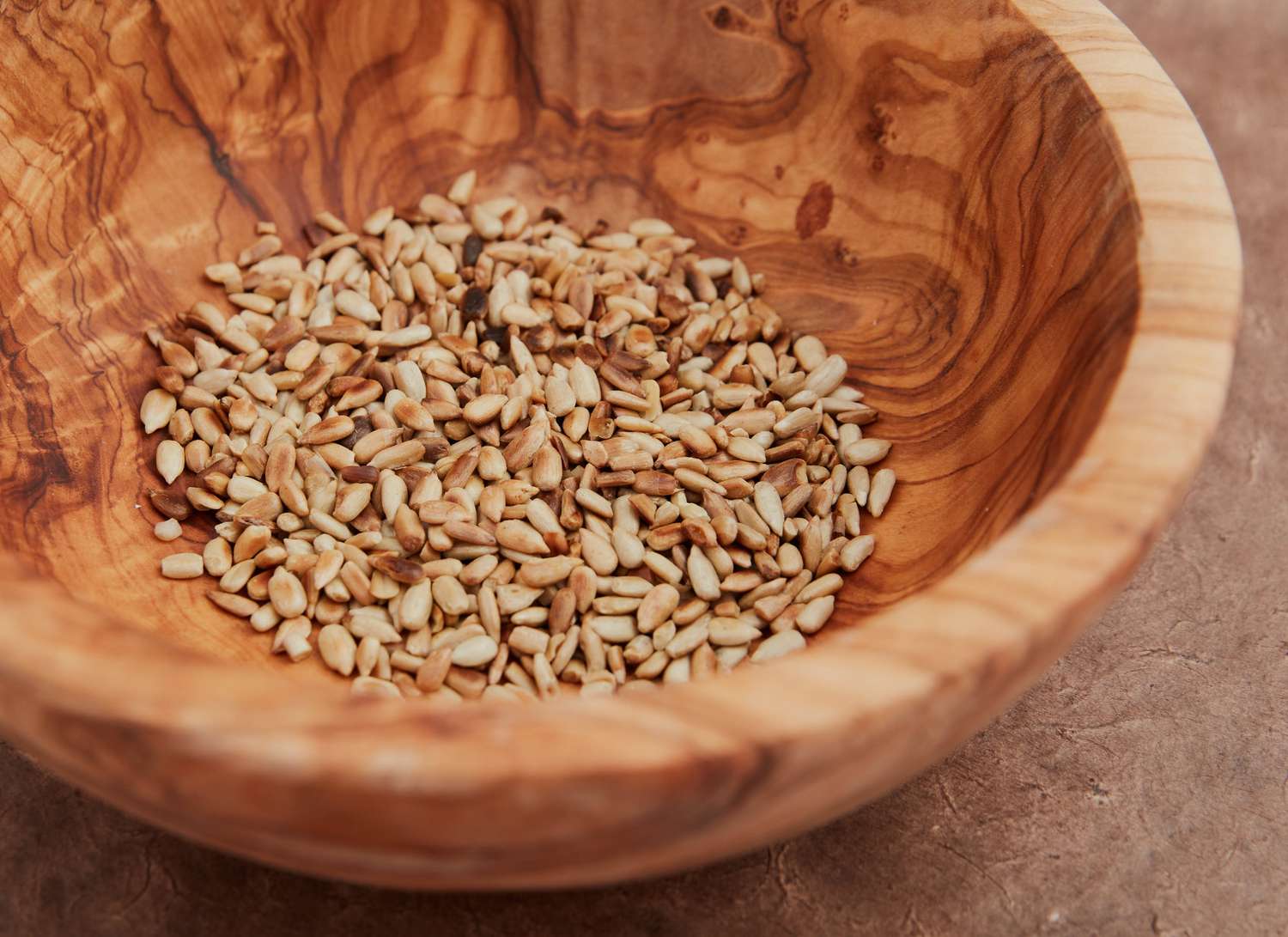
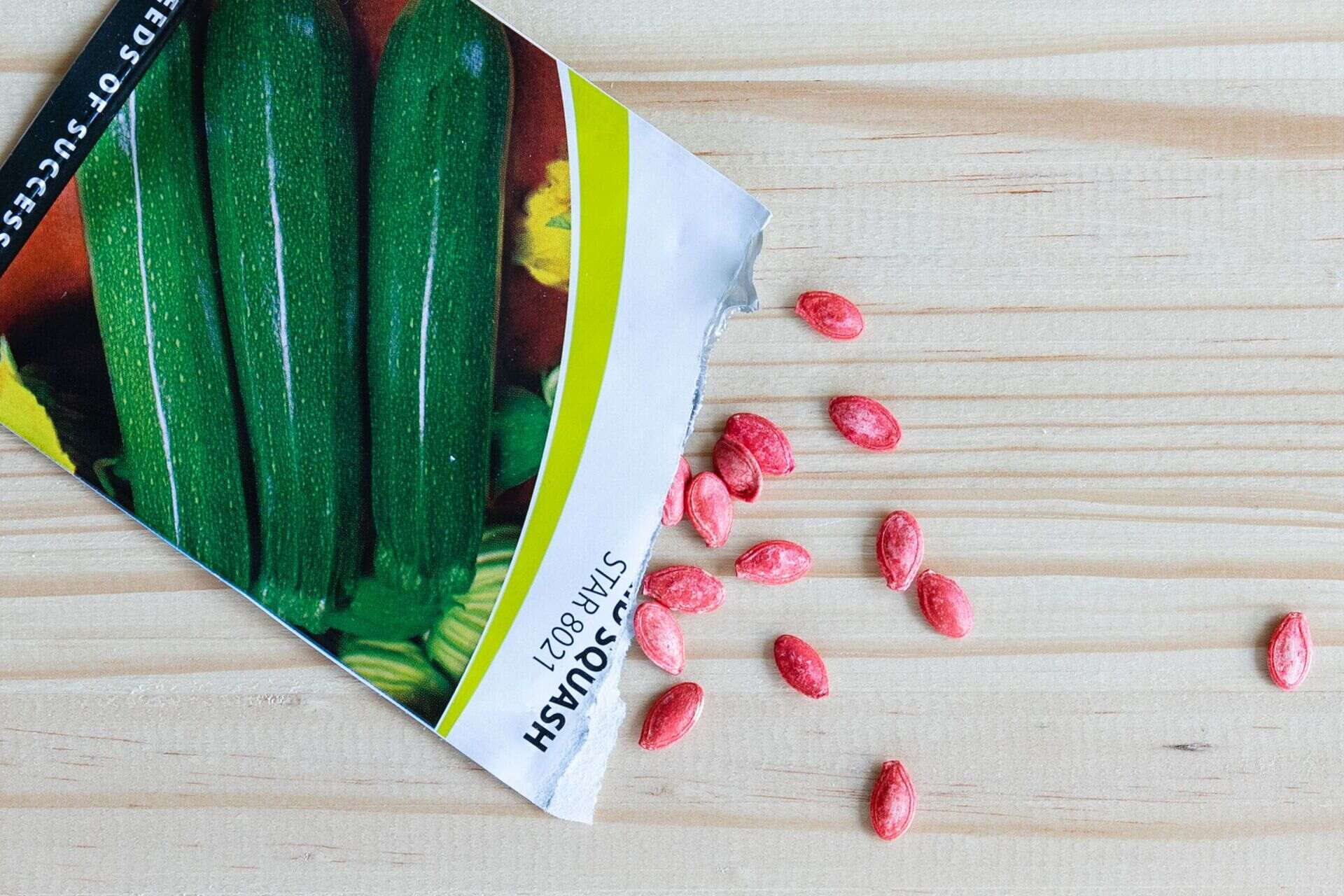
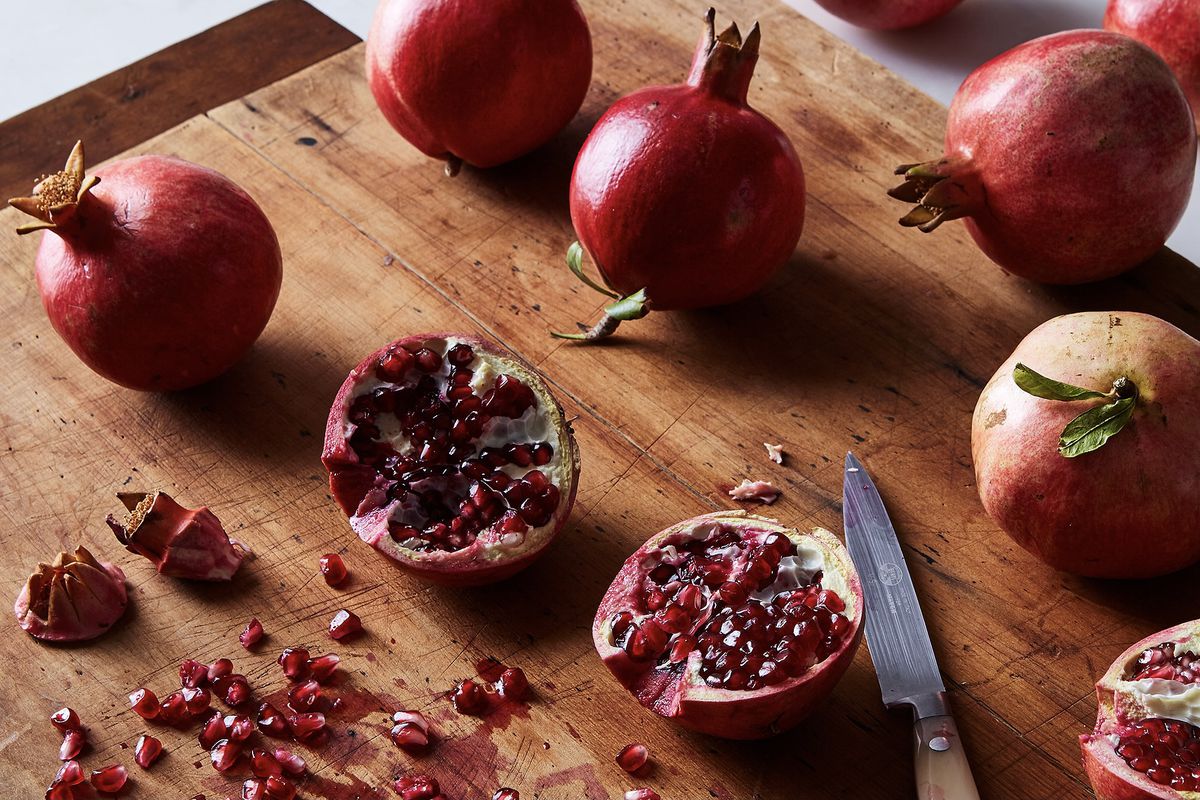
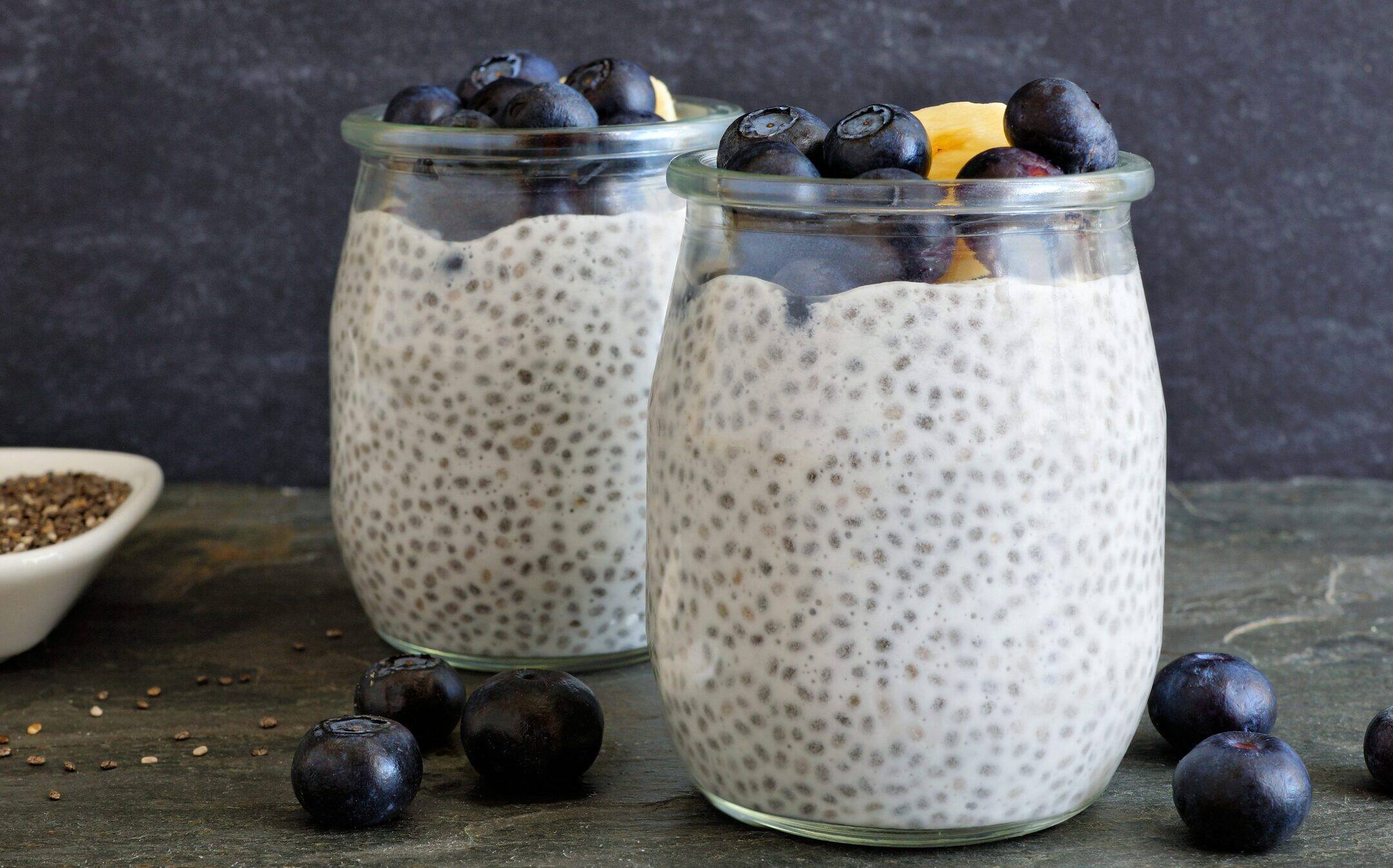
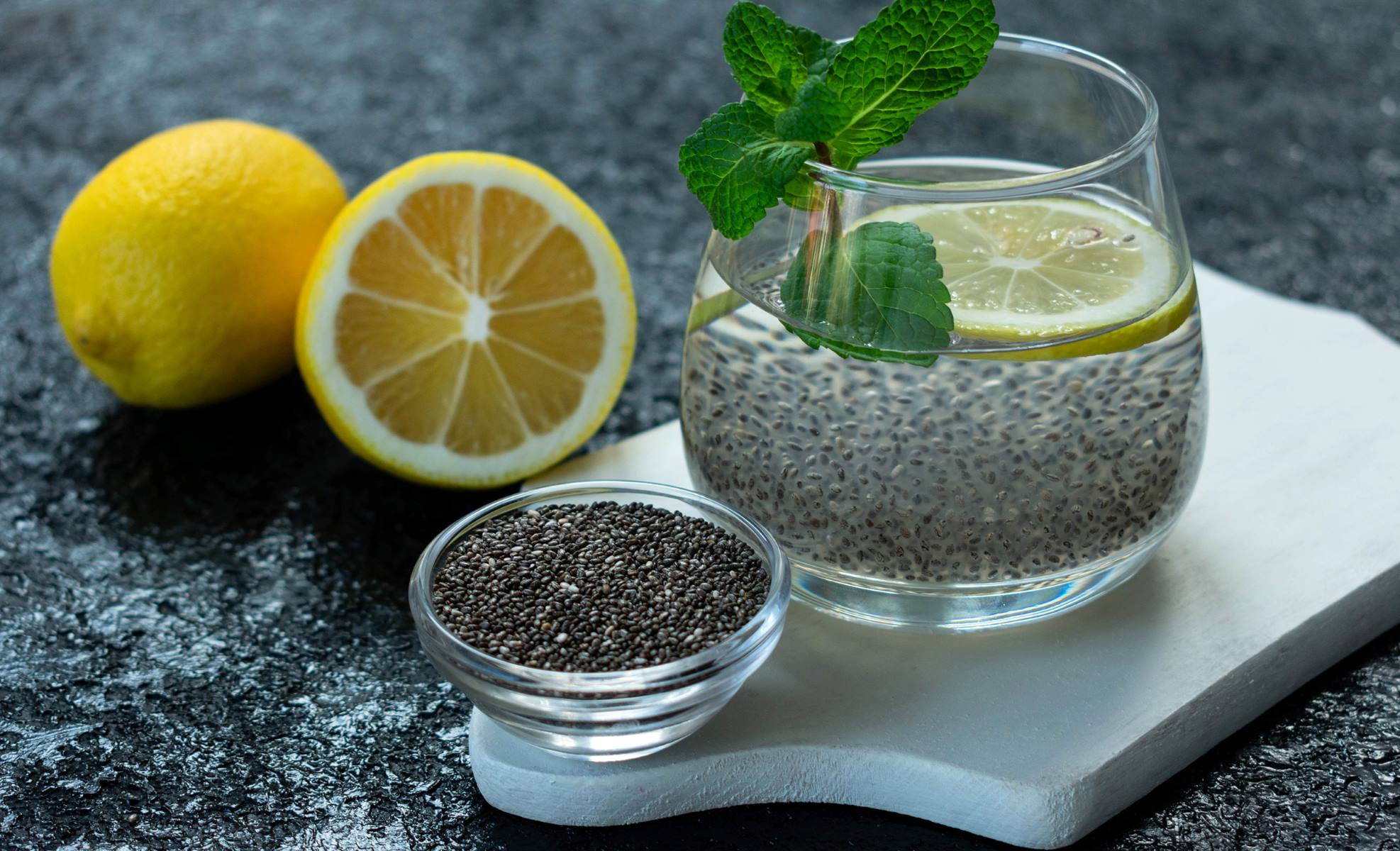
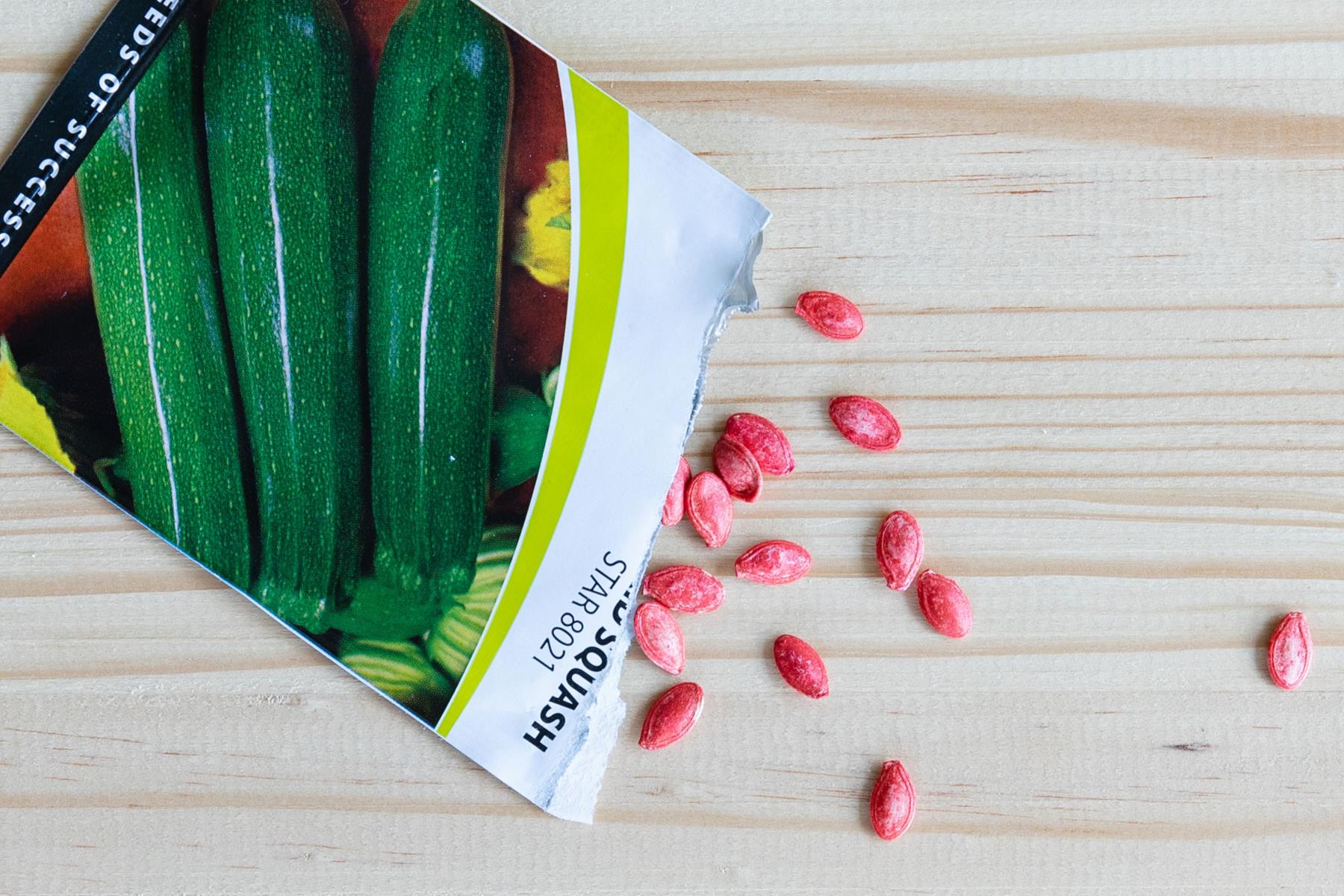
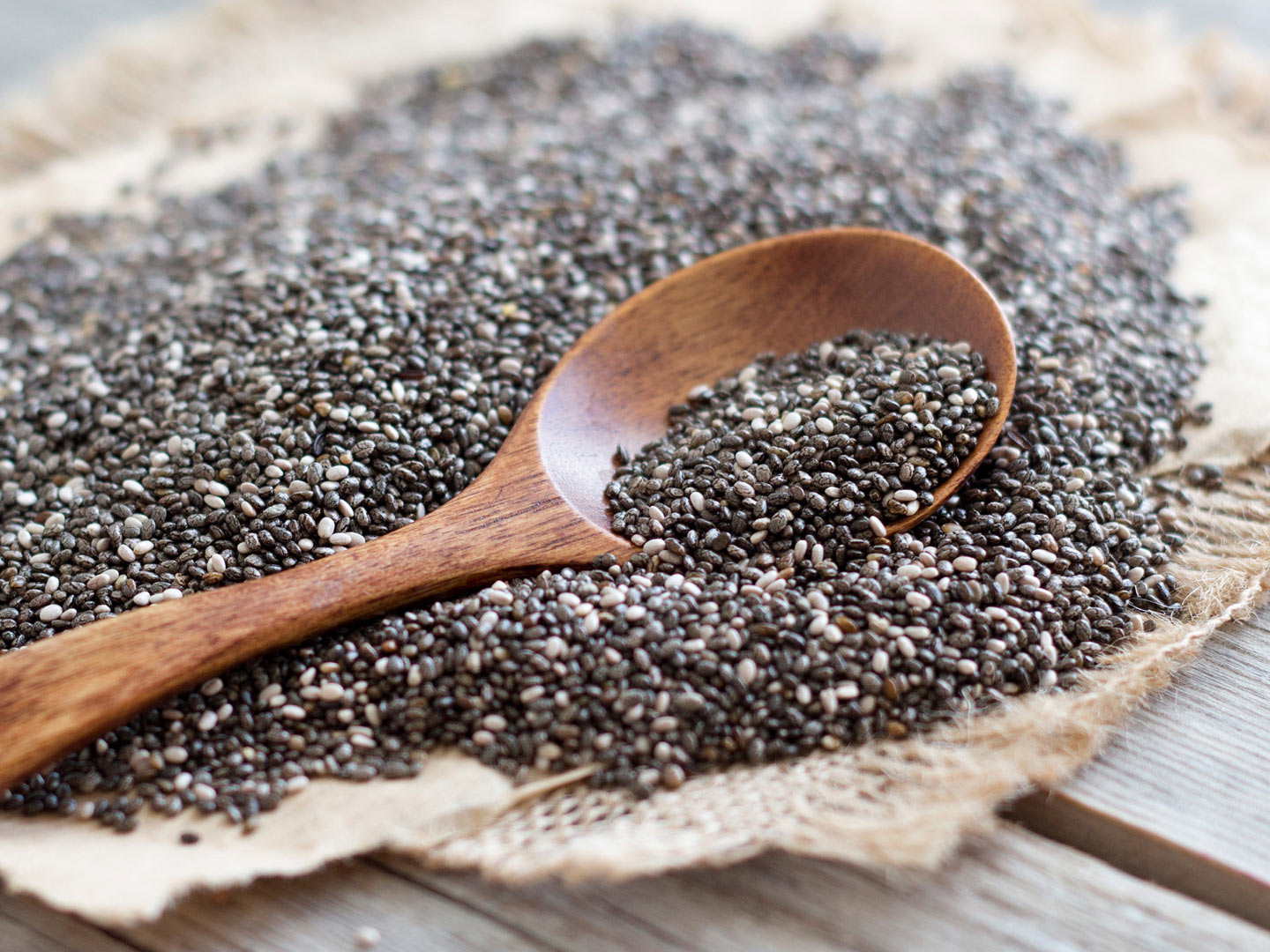
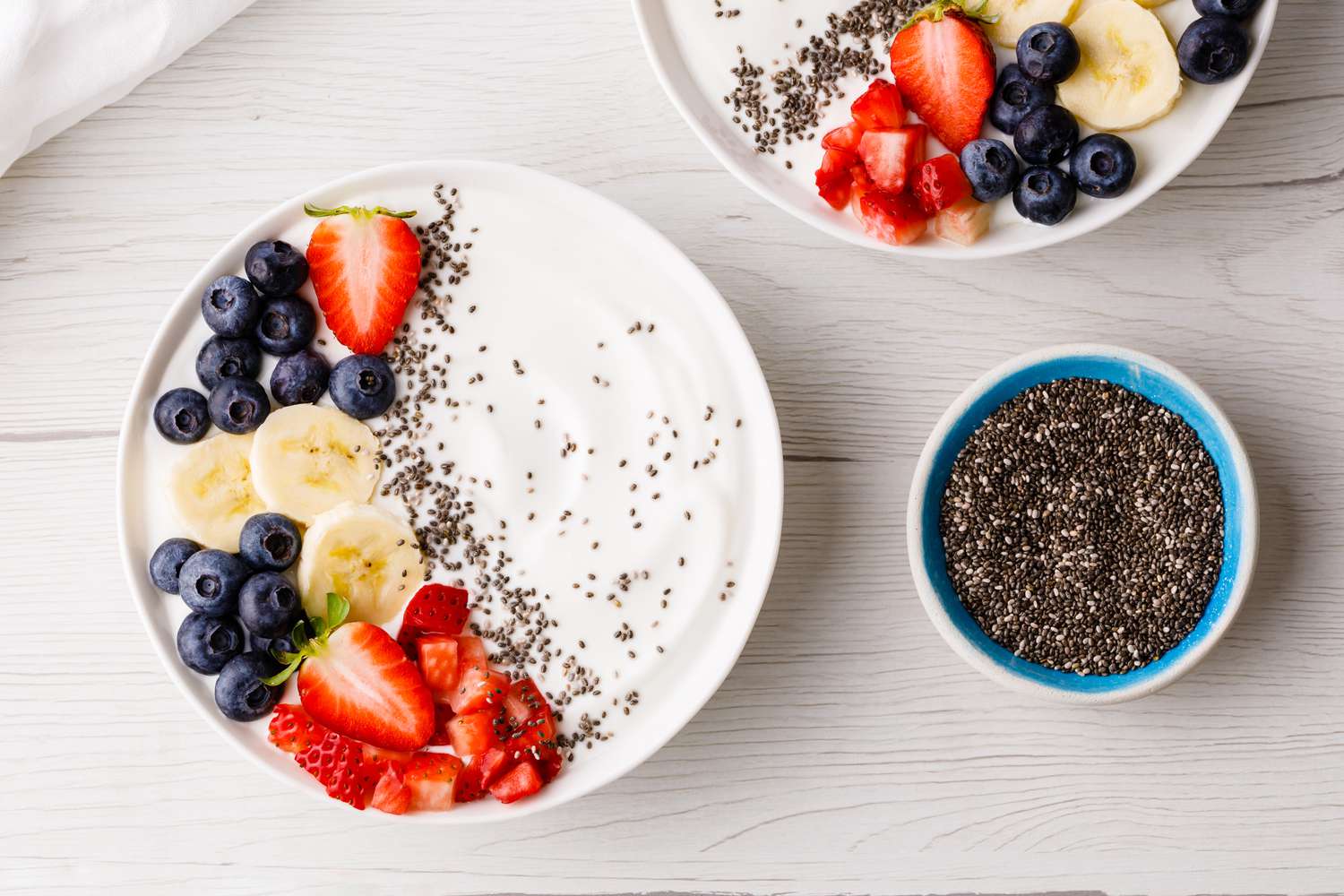
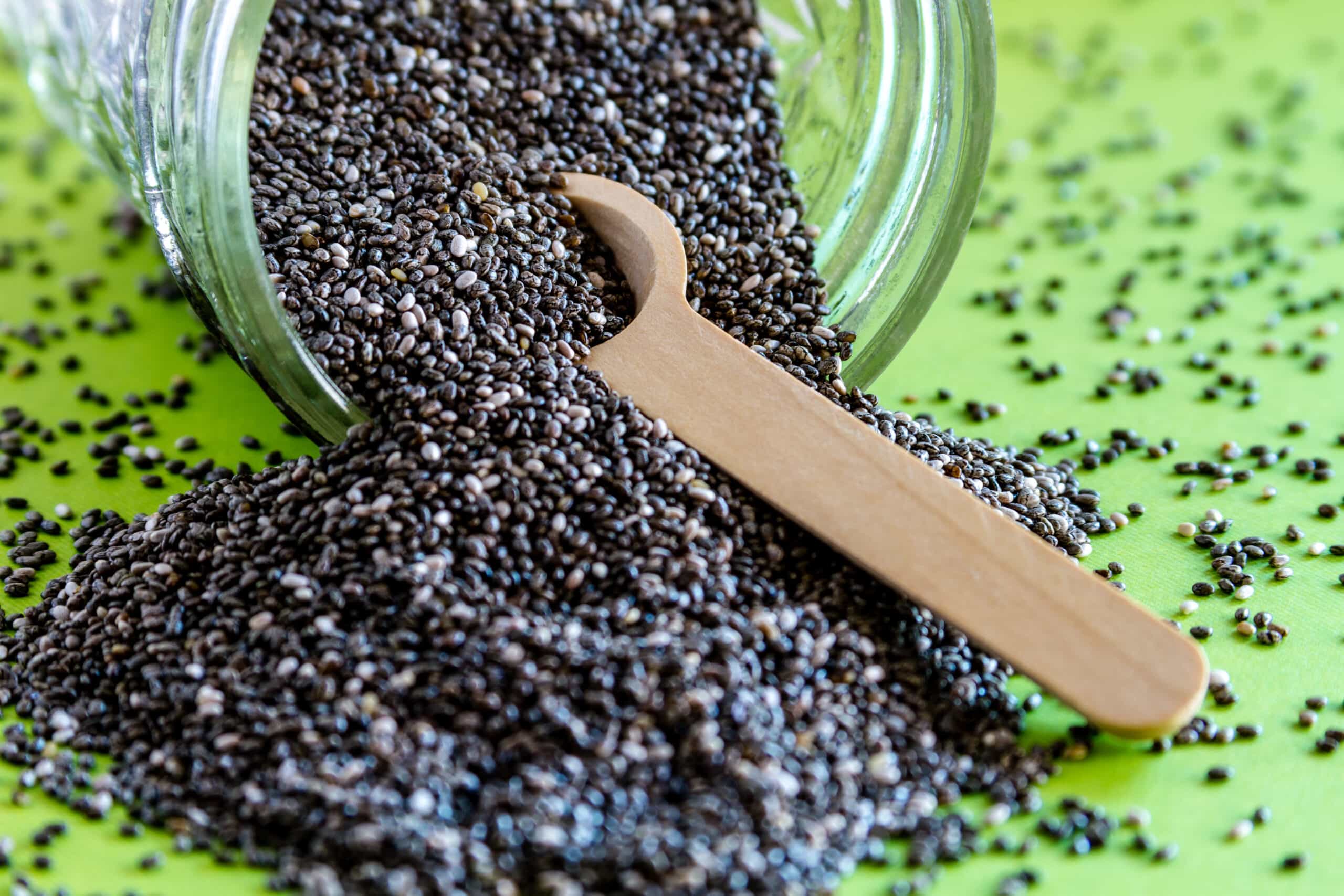
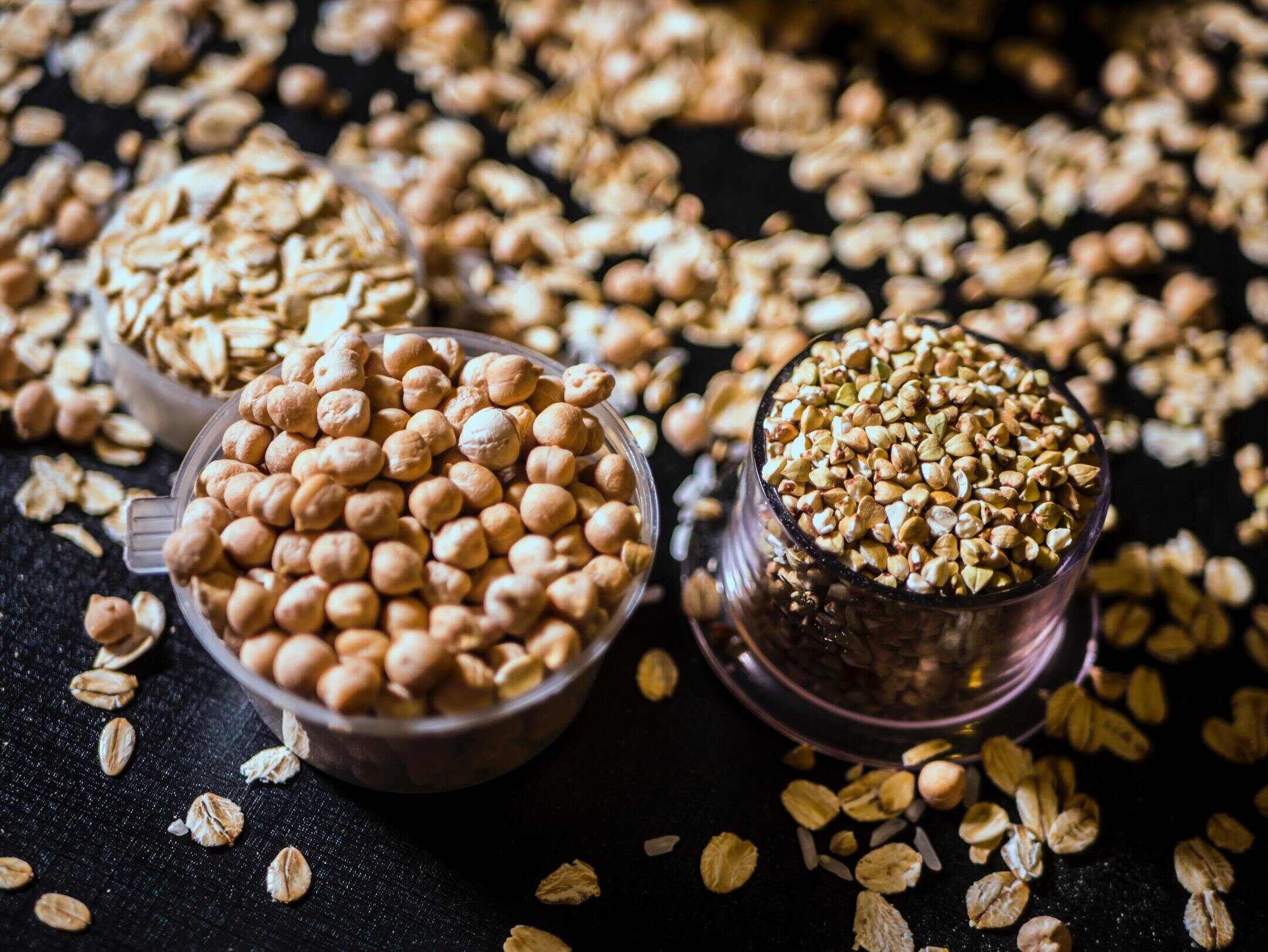
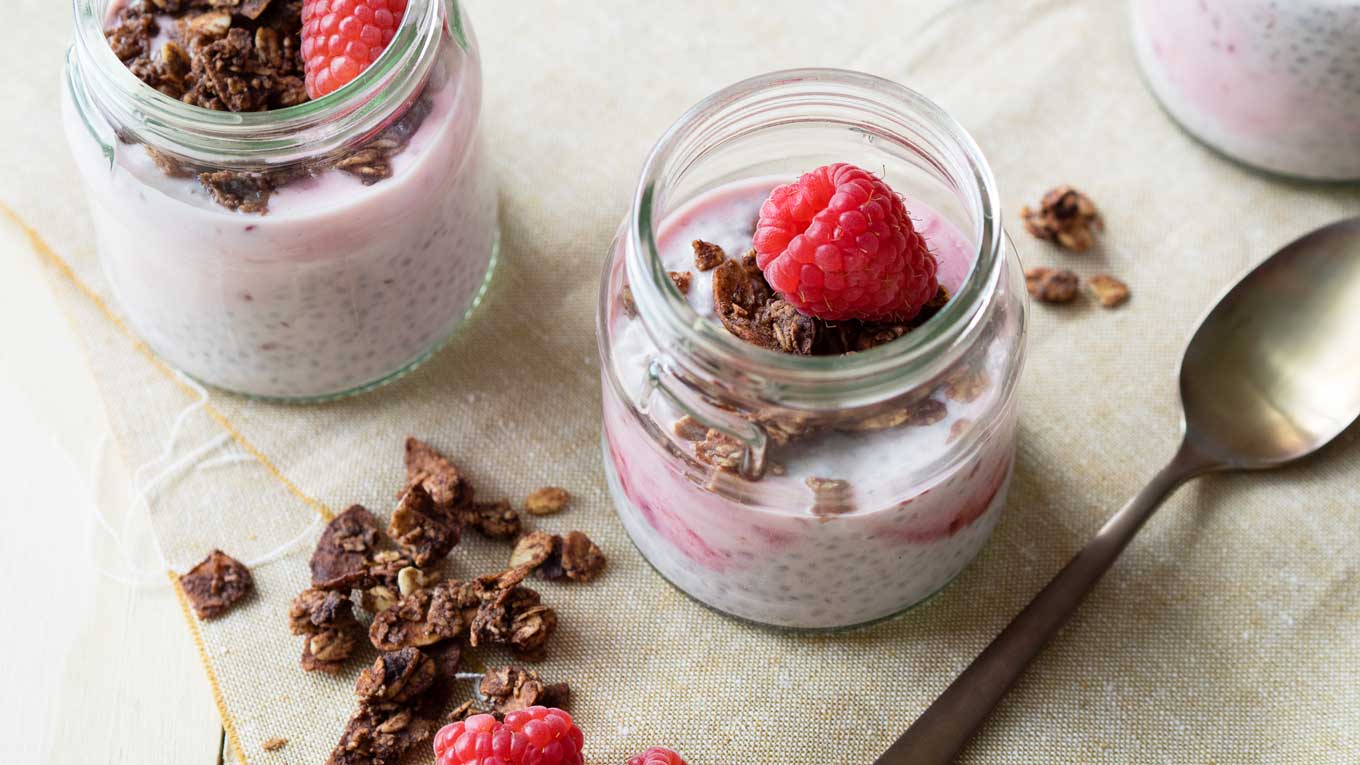
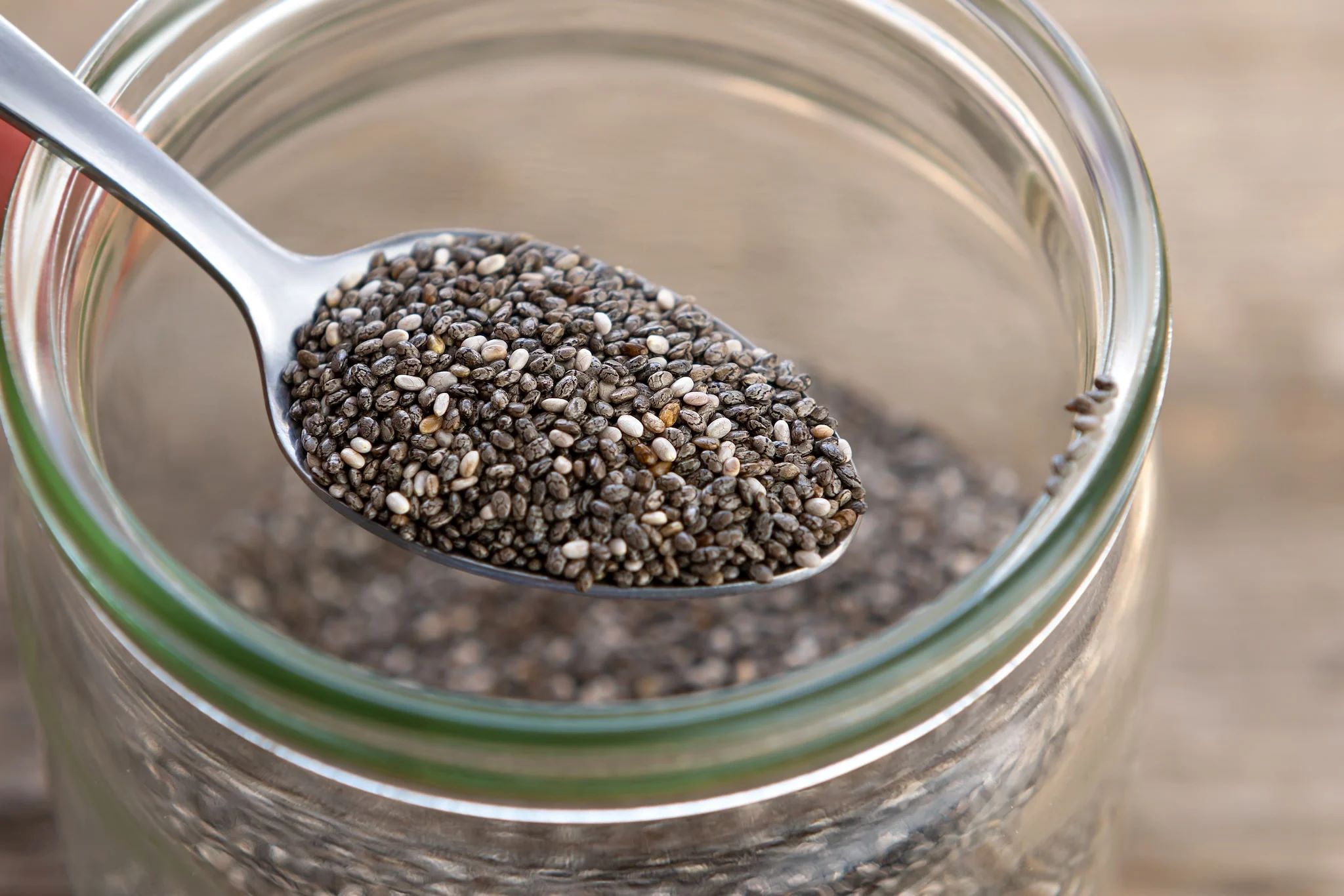
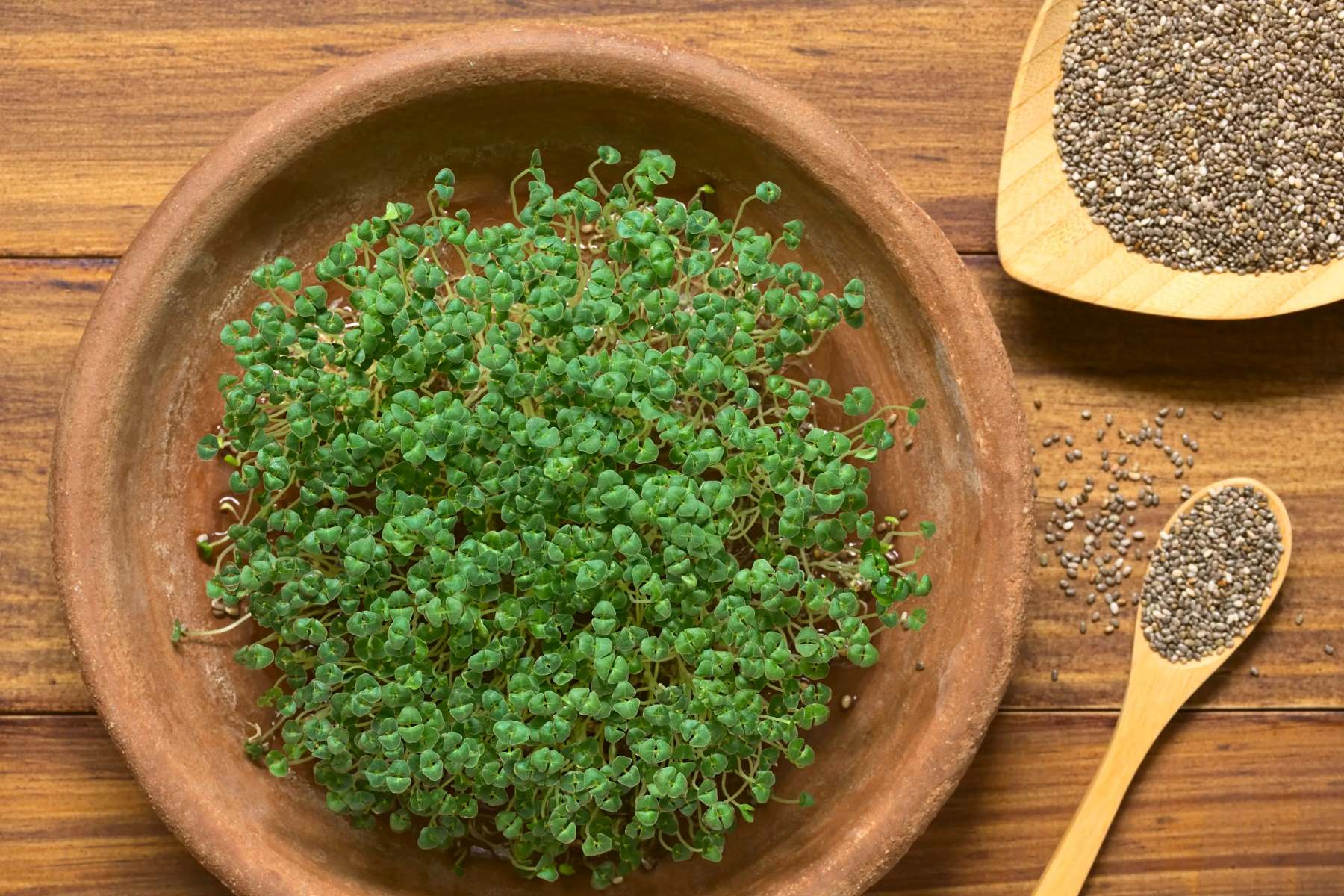

0 thoughts on “How Long Can Chia Seeds Last”